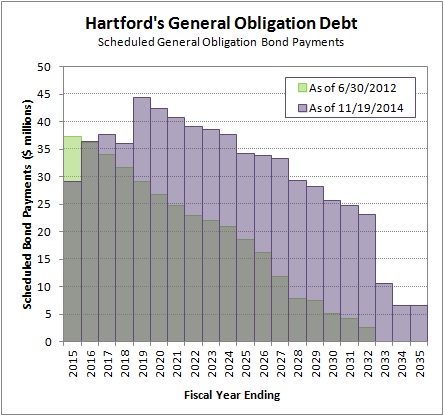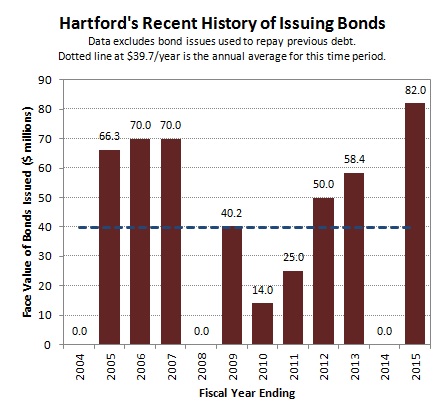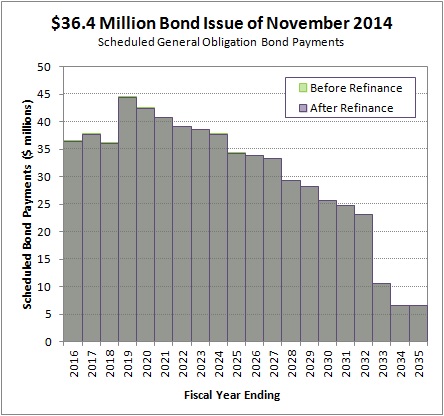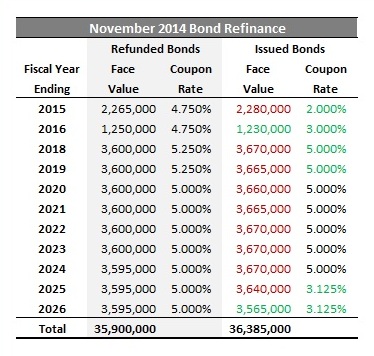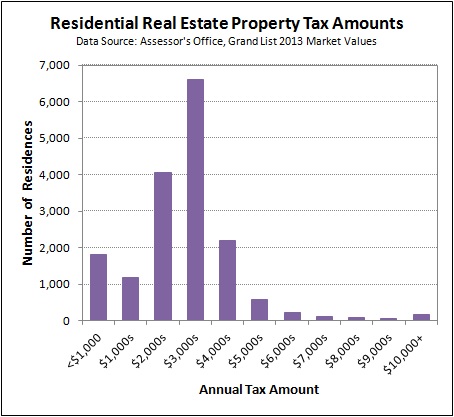Let’s get excited everyone, it’s budget time in Hartford!
Like most recent years, the stage has been set with a large budget gap to overcome. Unlike previous years, however, the landscape is different this spring.
The effort to redevelop Downtown North generated considerable public debate about City finances. Hartford has continued to increase its general obligation debt, with rounds issued in October, November, and February (via the Stadium Authority) so far this fiscal year. Finally, phase one of the SC2 Challenge provided preliminary economic development ideas.
The Hartford Commission on the Restructuring of City Government met for the first time on January 5, 2015, after a six month delay. Meaningful recommendations are unlikely to be made in time for the current budget cycle, but could be available in future years.
This is also an election year; the residents will select the next Mayor in November. The race has already drawn a considerable amount of attention, and numerous potential candidates.
The Mayoral race could serve to elevate the budget debate. Serious candidates know that the City has an unsustainable financial model. They know that the City needs a new forward-looking vision.
This is an opportunity for candidates with legitimate ideas to lead the conversation. Residents are poised for debate after months of discussing the Downtown North project, and the media has an apparently insatiable appetite for Hartford politics.
Hopefully the aspiring Mayoral candidates will engage in the budget discussion to bring new ideas to the table about how to move the City forward.
